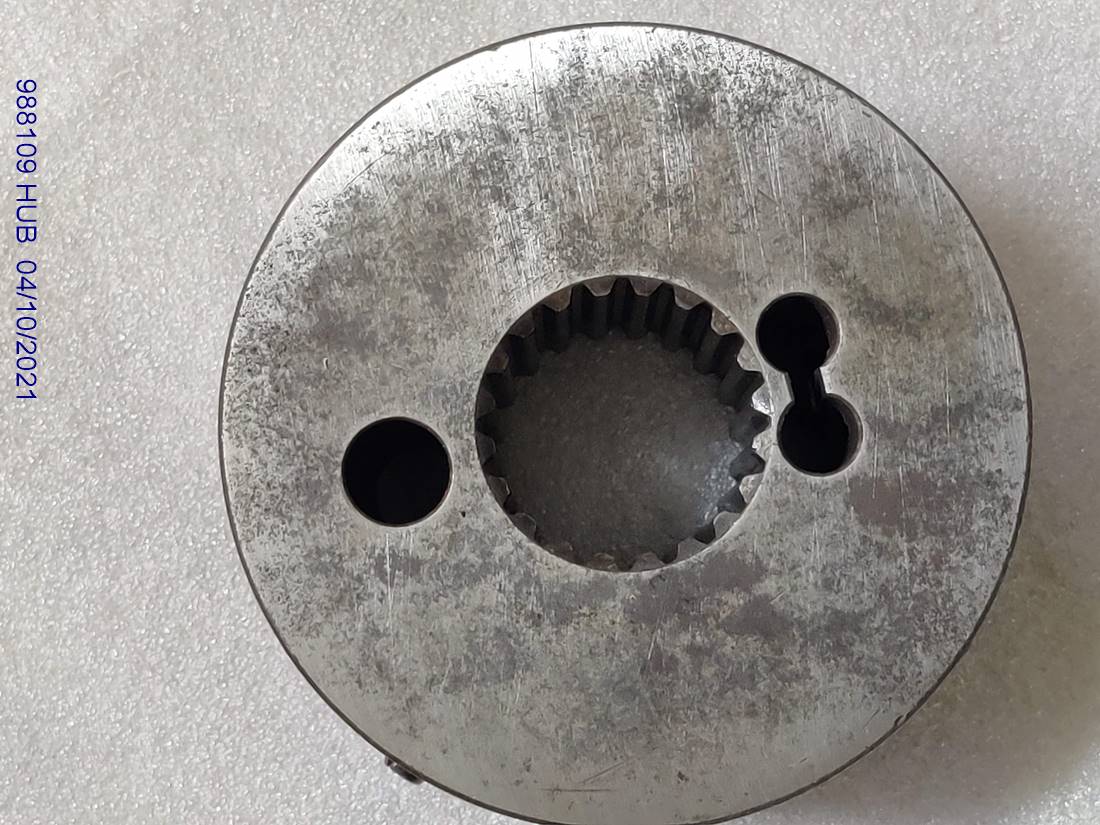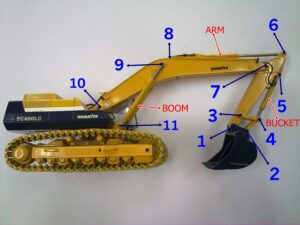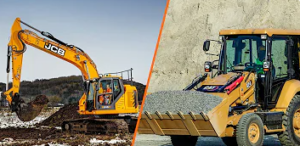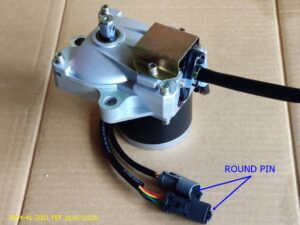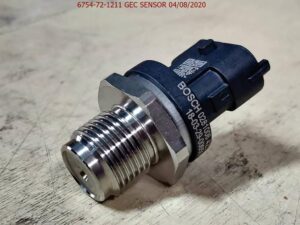The excavator coupling hub plays a key role in the transmission system of the excavator, allowing various parts of the drivetrain to work together smoothly. Here are five essential functions of the coupling hub:
- Power Transmission: The coupling hub connects the engine to other parts of the drivetrain, such as the transmission and final drive. It ensures the smooth transfer of power from the engine to the wheels or tracks of the excavator, enabling movement and operation.
- Torque Flexibility: The coupling hub allows for the transfer of torque between components while absorbing some of the vibrations and shocks that occur during operation. This helps to protect the drivetrain components from excessive stress and ensures smoother power transfer.
- Compensation for Misalignment: It helps compensate for slight misalignments between the engine and other drivetrain components. This is particularly important in an excavator, where parts may shift slightly during operation due to vibrations and load changes.
- Shock Absorption: The coupling hub absorbs shocks and sudden impacts that occur during heavy-duty operations, such as digging or lifting. This helps protect sensitive components from damage and reduces the overall wear and tear on the system.
- Facilitation of Smooth Operation: By connecting key drivetrain components and ensuring proper alignment, the coupling hub ensures the excavator operates smoothly and efficiently. This function is critical for maintaining optimal performance and reducing mechanical failure.
In essence, the coupling hub ensures efficient power transfer, reduces mechanical stress, and contributes to the longevity and reliability of the excavator’s drivetrain system.
